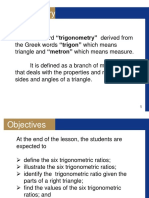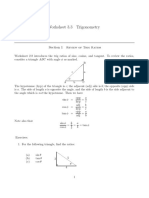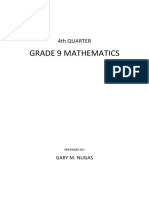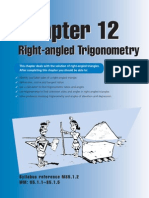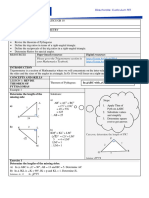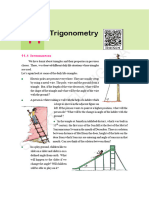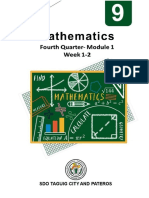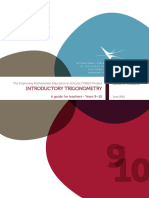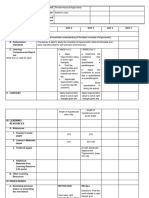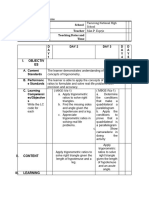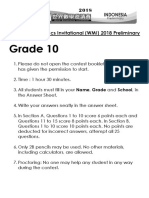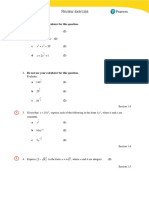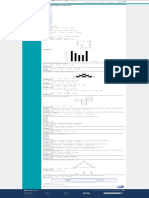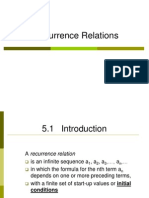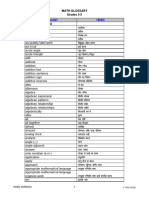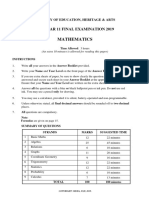0% found this document useful (0 votes)
72 views23 pagesGrade 8 Mathp Chapter 05
This document covers Chapter 5 of an 8th-grade mathematics resource focused on trigonometric ratios, explaining their definitions, applications, and methods for finding unknown sides and angles in right-angled triangles. It includes worked examples, exercises, and real-world applications of trigonometry, such as measuring heights and distances. The chapter aims to enhance understanding of trigonometric ratios and their practical uses in various fields.
Uploaded by
Shaiza ImtiazCopyright
© © All Rights Reserved
We take content rights seriously. If you suspect this is your content, claim it here.
Available Formats
Download as PDF, TXT or read online on Scribd
0% found this document useful (0 votes)
72 views23 pagesGrade 8 Mathp Chapter 05
This document covers Chapter 5 of an 8th-grade mathematics resource focused on trigonometric ratios, explaining their definitions, applications, and methods for finding unknown sides and angles in right-angled triangles. It includes worked examples, exercises, and real-world applications of trigonometry, such as measuring heights and distances. The chapter aims to enhance understanding of trigonometric ratios and their practical uses in various fields.
Uploaded by
Shaiza ImtiazCopyright
© © All Rights Reserved
We take content rights seriously. If you suspect this is your content, claim it here.
Available Formats
Download as PDF, TXT or read online on Scribd
/ 23







